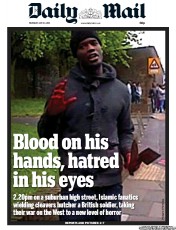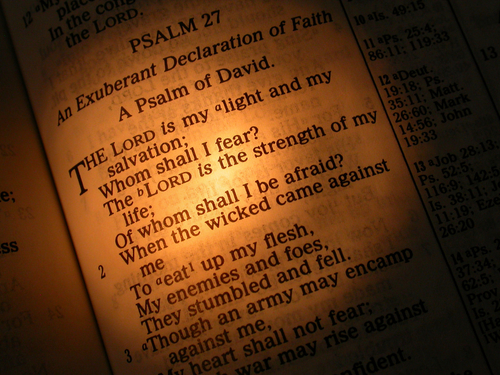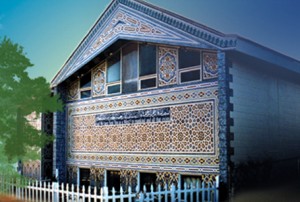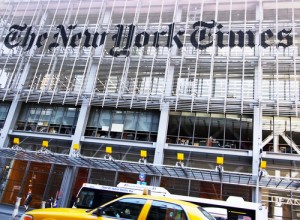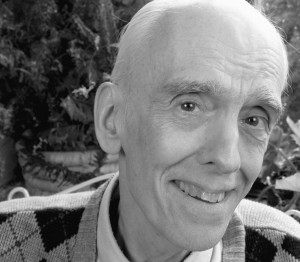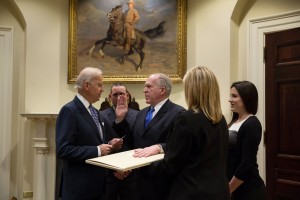Last updated on: April 22, 2013 at 9:56 am
By
mollie
On Friday we asked readers to send in thoughts on good and bad coverage of religion angles for the Tsarnaev brothers. And we’ve seen quite a bit of good coverage — too much to go into but I hope you’re seeing it in your local and national outlets. We’ve also heard from religion reporters and others who pointed out problems.
One early problem was the attempt to define the brothers as either “devout” or “not devout.” For an example of the former, we have the New York Post:
The Chechen immigrant brothers who bombed the Boston Marathon were devout Muslims who appeared to become more radicalized in recent months — posting Islamic “jihad” videos on social-media sites and following the preachings of a firebrand cleric.
I’d argue against using the word even when dealing with someone you think can be described that way without question. I’d avoid it like the plague when dealing with folks you don’t know terribly much about. It’s important when using that word to have a shared understanding of what it means to be devout in a given religion. In what way were they devout, exactly? Tell us more about their fasting, their alms-giving, their prayer lives, their Hajj journeys. Or is that not what the Post meant? What did they mean?
We see similar confusion about devotion at the other end of the spectrum, too. We frequently see reporters equate it with regular corporate worship — no matter if the religion itself holds corporate worship in the same way that, say, the Roman Catholic Church does. An Islamic community center isn’t just a Methodist Church for Muslims. Piety in Islam is not the same as piety in another religion, necessarily.
Still, a good first step in learning more about the suspects’ religious lives does involve finding out if they were part of a worship community. I was glad to see that the folks over at CNN made some calls early on. They reported:
Muslim leaders in Boston tell me they don’t know the suspects. They seem to not have ties to any of the big mosques in the area.
And:
Muslim leaders condemn bombing suspects and no Muslims in Boston seem to know them. http://on.cnn.com/13mRL1j
This Boston Globe story, “Islam might have had secondary role in Boston attacks,” followed a similar theme.
It turns out, though, that the brothers did pray at the local Cambridge mosque. Later stories mentioned that, adding that they exhibited no violent tendencies. Subsequent updates indicated that the older brother had publicly reprimanded a speaker who praised Martin Luther King, Jr. and had been asked to leave. Updates to that story included a different account — that the brother had simply been asked to calm down. This Boston Globe story says that there was more than one outburst. It’s all an evolving story, it seems.
When the news came out that the brothers had worshiped at the local Cambridge mosque, some reporters began calling it the “Islamic Center of Boston,” either in their stories or in tweets. It’s actually the Islamic Society of Boston. Here’s how the Los Angeles Times put it in its story on the shouting incident:
At the Cambridge mosque near where the bombing suspects lived, two worshipers who showed up for Saturday’s prayer service recalled seeing both men.
Tamerlan Tsarnaev was thrown out of the mosque — the Islamic Society of Boston Cultural Center — about three months ago, after he stood up and shouted at the imam during a Friday prayer service, they said. The imam had held up slain civil rights leader Martin Luther King Jr. as an example of a man to emulate, recalled one worshiper who would give his name only as Muhammad.
Enraged, Tamerlan stood up and began shouting, Muhammad said.
“You cannot mention this guy because he’s not a Muslim!” Muhammad recalled Tamerlan shouting, shocking others in attendance.
“He’s crazy to me,” Muhammad said. “He had an anger inside.… I can’t explain what was in his mind.”
Tamerlan was then kicked out of the prayer service for his outburst, Muhammad recalled. “You can’t do that,” Muhammad said of shouting at the imam.
Still, Tamerlan returned to Friday prayer services and had no further outbursts, Muhammad said.
The other mosque attendee, who identified himself only as Haithen, described Dzhokhar Tsarnaev as nice, friendly and “really laid back.”
Tamerlan Tsarnaev was different though. “His persona was not really so nice,” this worshiper said.
But it wasn’t the Islamic Society of Boston Cultural Center! After quite the Twitter campaign led by one of the ISBCC’s imams, the Times corrected the story. Still, there is some tie between the two groups. In a great round-up of the current news, Huffington Post explained:
Imam Suhaib Webb, of the Islamic Society of Boston Cultural Center, the city’s largest mosque, said in an interview that he had recently heard of the incident. “That’s a sign right there that his views aren’t mainstream,” Webb said.
The Cambridge mosque leaders’ theology is not extremist, he said. Webb’s mosque has the same owners but a separate administration from the Islamic Society of Boston. Webb said he never met the brothers and had not found their names on his mosque’s membership list.
One of the things that might be helpful is learning a bit more about these “same owners” as well as their differing administrations. I mean, I understand that there are certain things that other congregations in my church body share and certain things that are different, but I’d love to know how that plays out among Muslim adherents. The ISBCC is run by the Muslim American Society, a group started by U.S. supporters of the Muslim Brotherhood. I’m somewhat surprised by how little journalism we see on the Muslim American Society, but here are some old pieces from the Chicago Tribune and the Washington Post, both of which are absolutely riveting.
Anyway, early reporting on this story could not have changed more dramatically. I hope we see more genuine interest in what role religion and religious communities played in these brothers’ lives — at home, in the local community and in the larger world.
Net image via Shutterstock.


